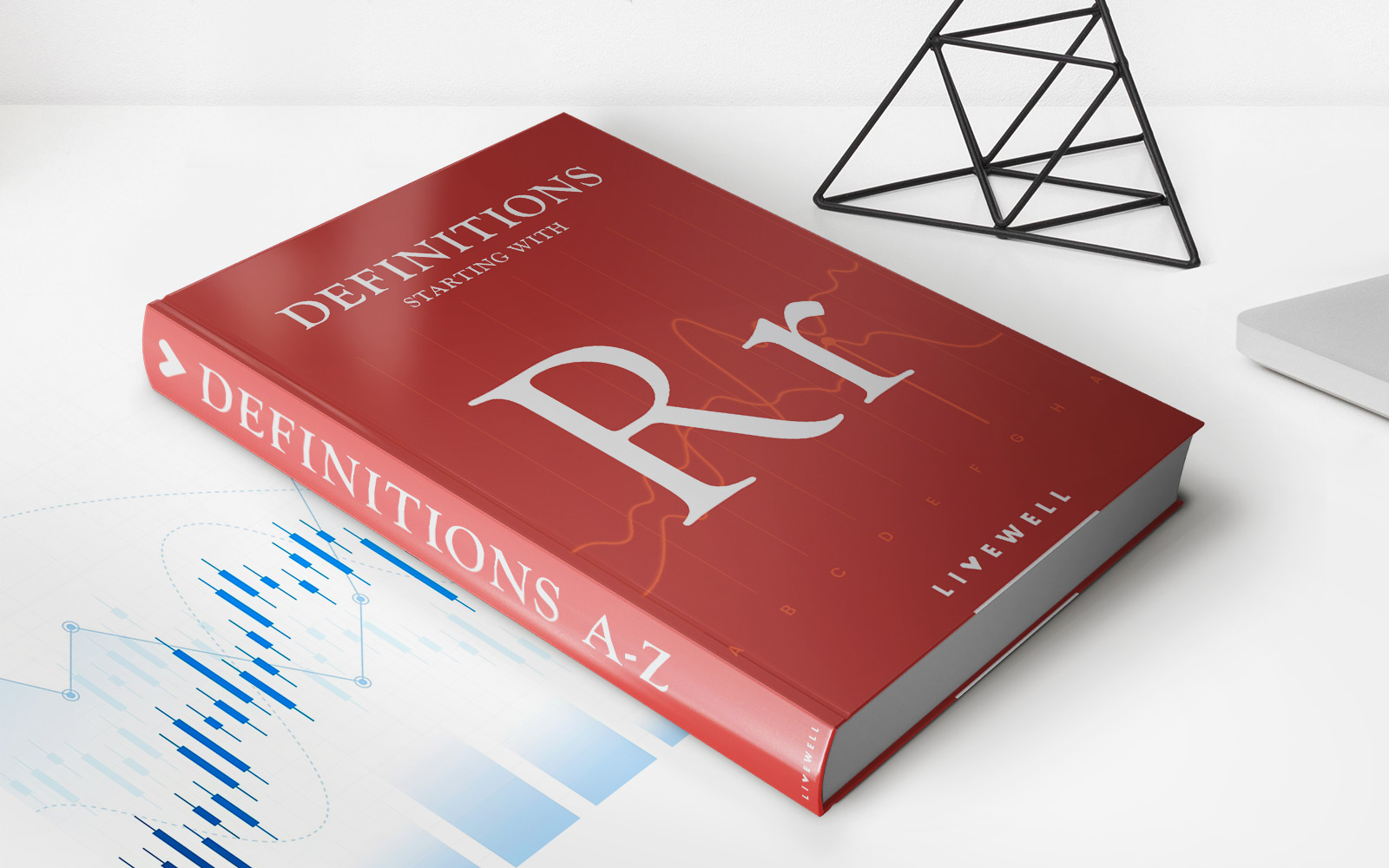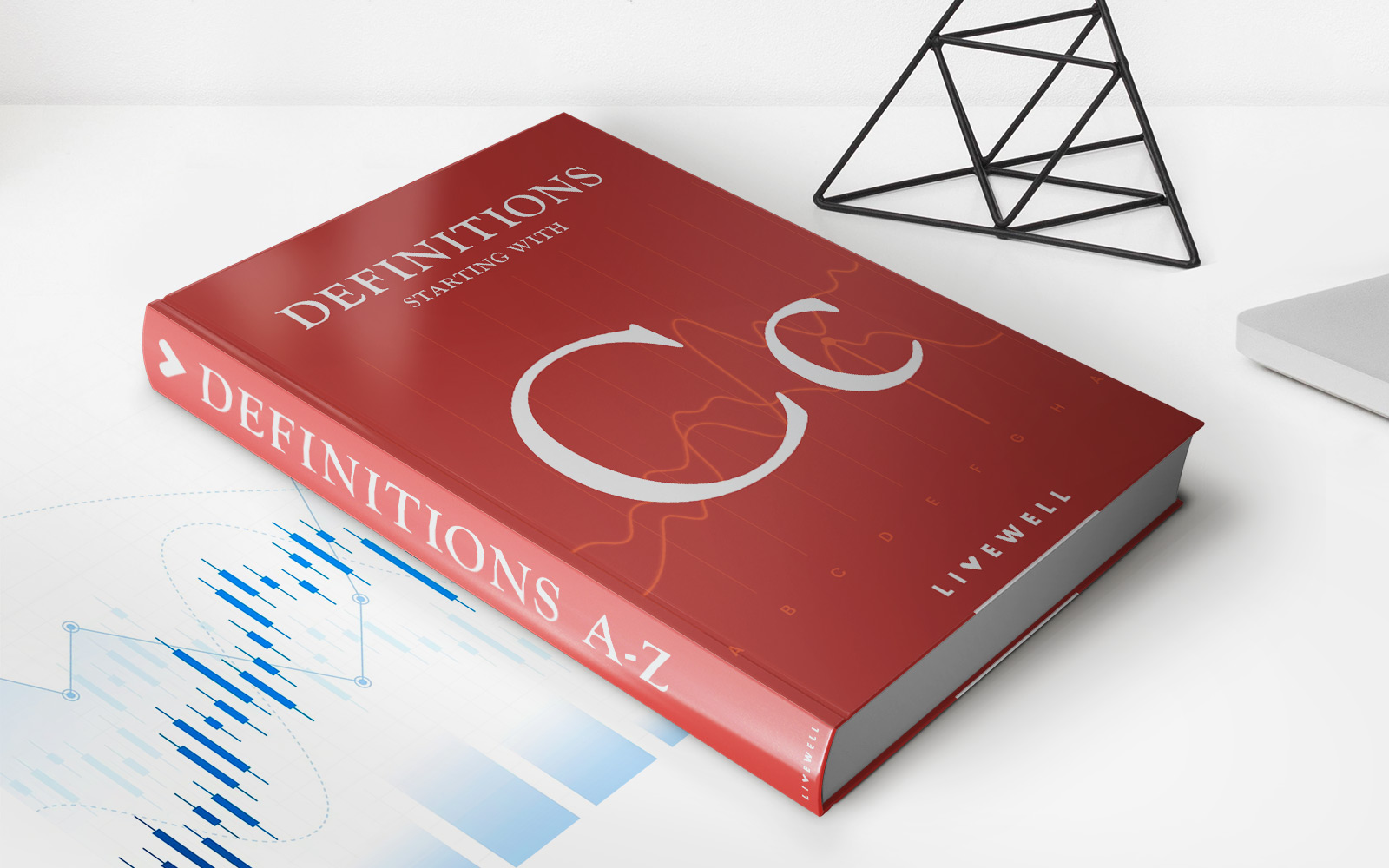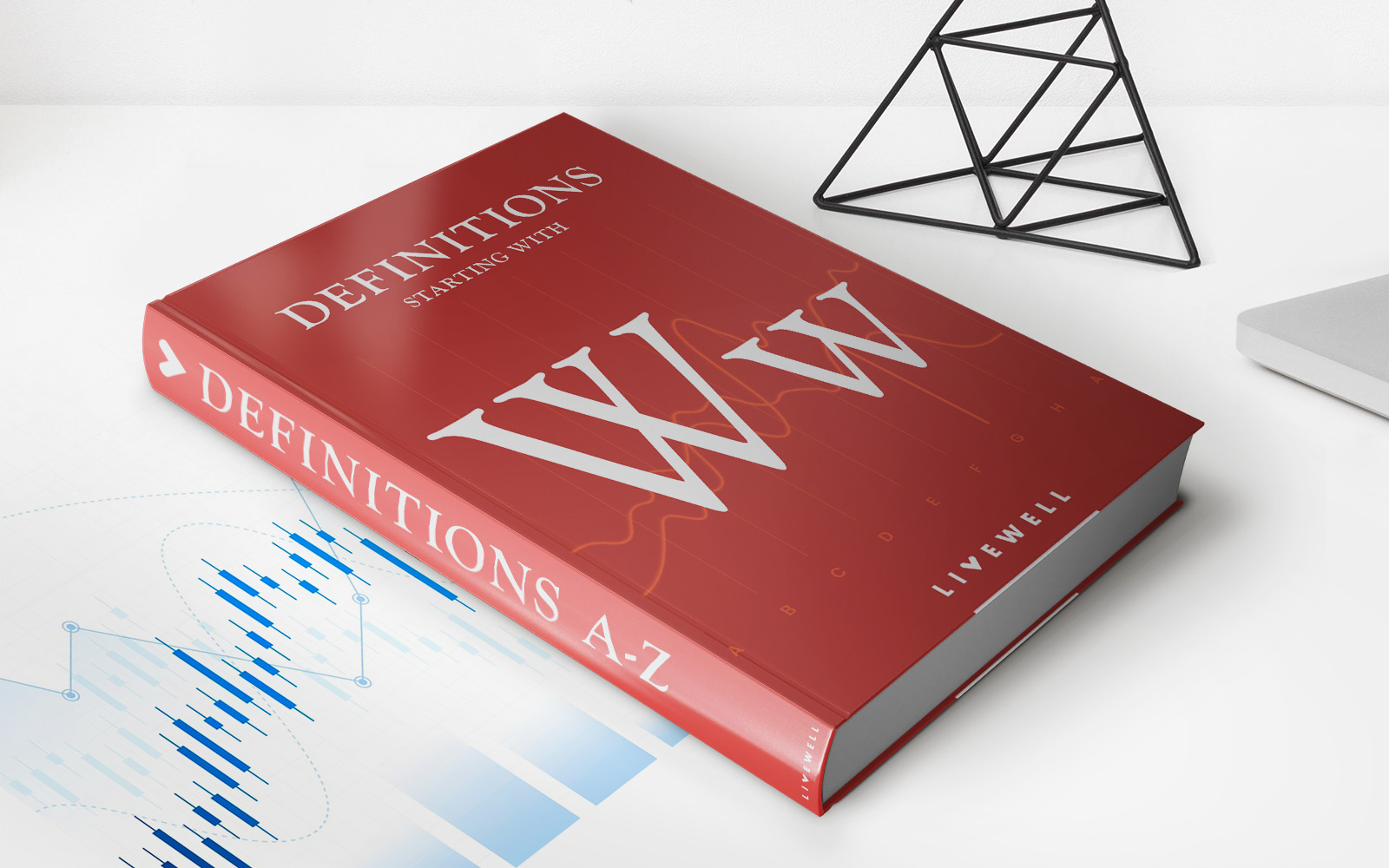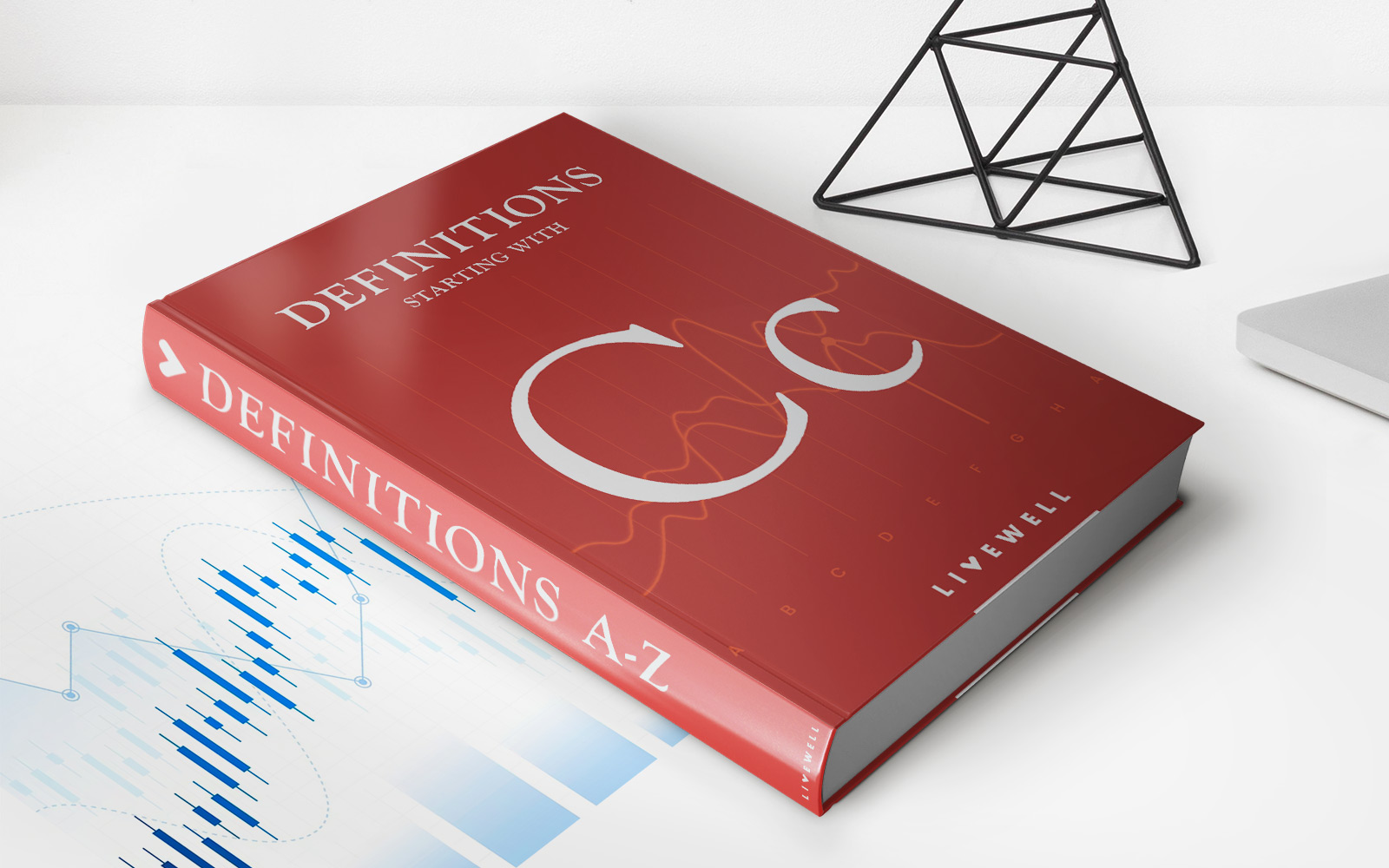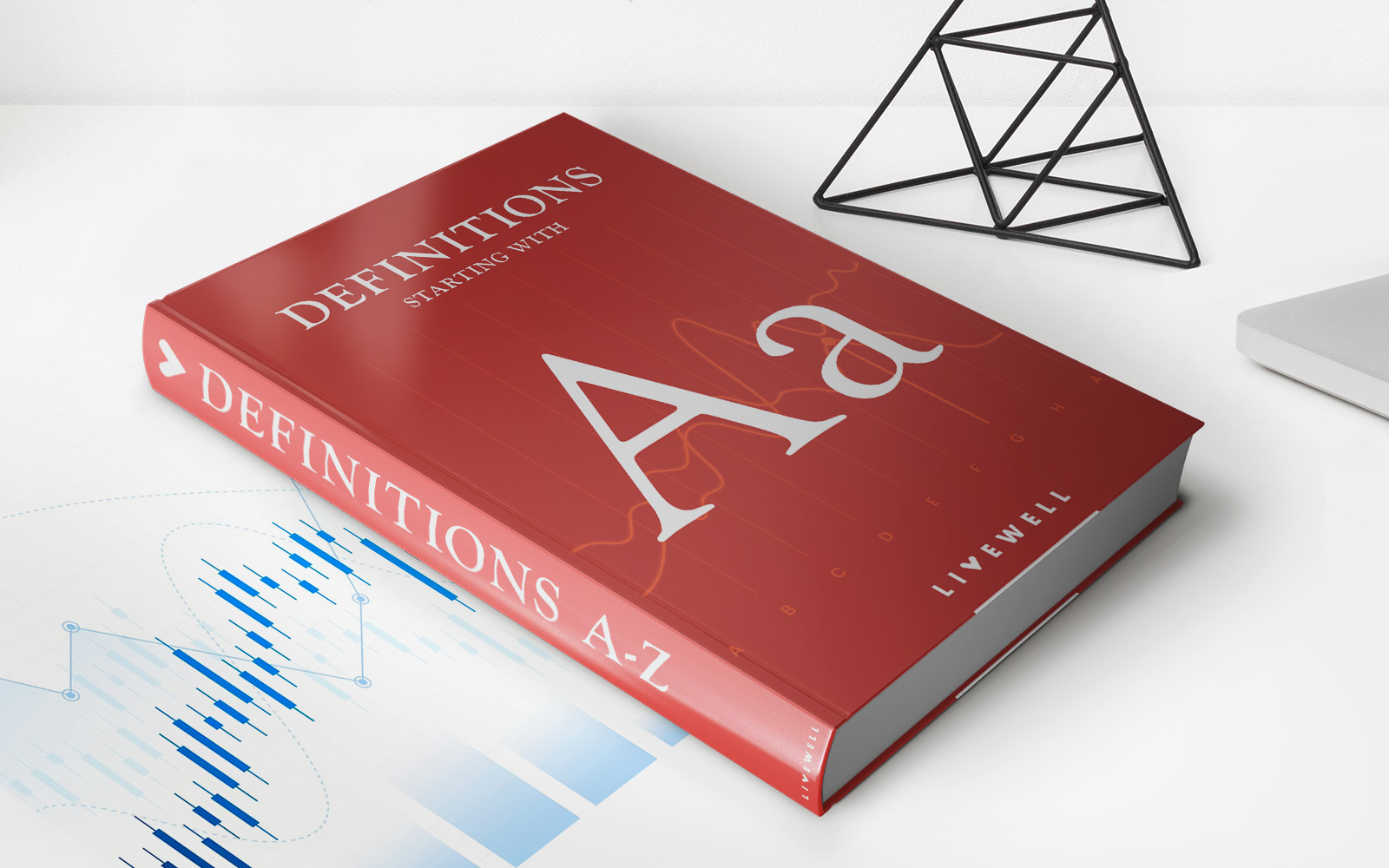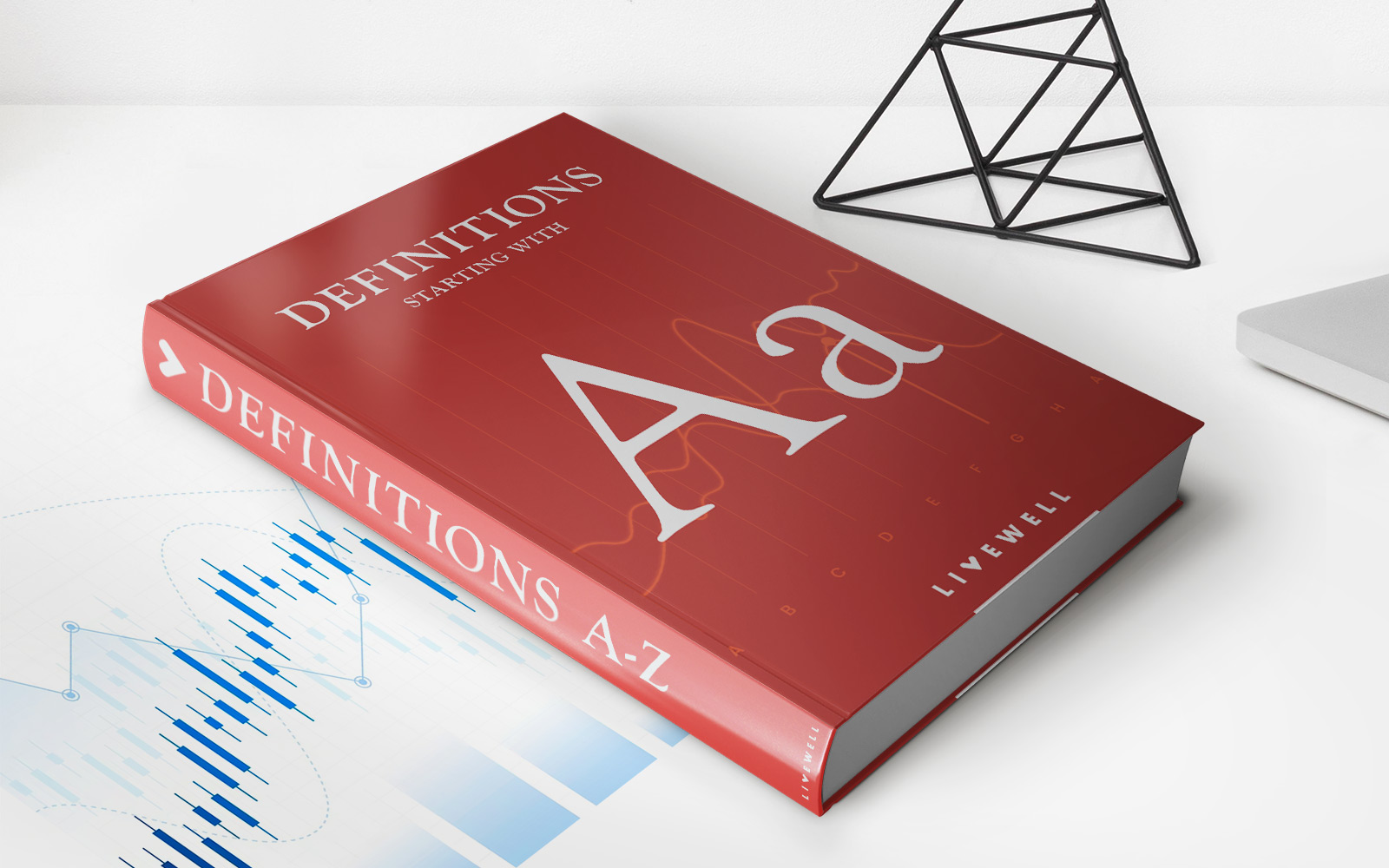

Finance
What Is Coinsurance In Property Insurance?
Published: January 22, 2024
Learn how coinsurance works in property insurance and how it affects your coverage. Understand the financial implications and make informed decisions.
(Many of the links in this article redirect to a specific reviewed product. Your purchase of these products through affiliate links helps to generate commission for LiveWell, at no extra cost. Learn more)
Table of Contents
**
Introduction
**
Property insurance is a critical safeguard for homeowners and businesses, providing financial protection against unexpected events such as fires, natural disasters, and theft. Within the realm of property insurance, coinsurance plays a pivotal role in determining the extent of coverage and the financial responsibilities of policyholders. Understanding the concept of coinsurance is essential for property owners to make informed decisions and ensure adequate protection for their assets.
Coinsurance, in the context of property insurance, refers to the arrangement where the policyholder agrees to insure the property for a specified percentage of its actual cash value. This percentage is typically outlined in the insurance policy and is often set at 80% or 90%. It is important to note that coinsurance applies to replacement cost coverage, which aims to reimburse the policyholder for the cost of repairing or replacing the damaged property without deducting for depreciation.
The concept of coinsurance aims to promote fairness and risk-sharing between the insurance company and the policyholder. By requiring the policyholder to insure the property up to a certain percentage of its value, coinsurance encourages responsible coverage levels and discourages underinsuring, which can lead to financial complications in the event of a claim.
In the following sections, we will delve deeper into the intricacies of coinsurance in property insurance, exploring its importance, impact on coverage, and methods for calculating coinsurance penalties. Additionally, we will provide valuable tips for effectively managing coinsurance within property insurance policies, empowering property owners to navigate this aspect of insurance with confidence and clarity. Understanding coinsurance is fundamental to optimizing the protective benefits of property insurance, and this comprehensive guide aims to illuminate its significance and practical implications.
**
Understanding Coinsurance
Coinsurance, as it pertains to property insurance, embodies a shared commitment between the policyholder and the insurance provider to adequately protect the insured property. This arrangement necessitates that the property be insured for a specific percentage of its total value, typically 80% or 90%, as stipulated in the insurance policy. To grasp the essence of coinsurance, it is crucial to comprehend its underlying principles and implications.
At its core, coinsurance serves as a risk management mechanism, aligning the financial interests of both the insured party and the insurer. By mandating a minimum coverage threshold based on a percentage of the property’s value, coinsurance aims to prevent underinsurance and mitigate the adverse effects of inadequate coverage in the event of a claim. This framework encourages policyholders to accurately assess and insure their properties, fostering a more equitable distribution of risk and financial responsibility.
From the perspective of the policyholder, understanding coinsurance involves recognizing the significance of meeting the specified coverage percentage. Failure to maintain coverage at or above the stipulated threshold can result in financial penalties and reduced claim settlements, underscoring the critical nature of adhering to coinsurance requirements. Moreover, the concept of coinsurance underscores the policyholder’s obligation to accurately evaluate the replacement cost of their property and procure insurance coverage that aligns with the specified percentage.
For insurance providers, coinsurance serves as a safeguard against underreporting and undervaluation of insured properties. By establishing a minimum coverage threshold, insurers seek to mitigate the risk of disproportionately high claim payouts relative to the actual value of the insured properties. This approach promotes transparency and accountability, fostering a more balanced and sustainable insurance framework for both policyholders and insurers alike.
Ultimately, understanding coinsurance in property insurance entails recognizing its role as a risk-sharing mechanism that bolsters the integrity and reliability of insurance coverage. By embracing the principles of coinsurance, policyholders and insurers collaborate to uphold the fundamental objectives of property insurance, fortifying financial security and resilience in the face of unforeseen perils.
Importance of Coinsurance in Property Insurance
The concept of coinsurance holds substantial significance within the realm of property insurance, serving as a cornerstone of responsible risk management and equitable coverage. Its importance permeates various facets of insurance dynamics, playing a pivotal role in safeguarding the interests of both policyholders and insurance providers.
One of the primary functions of coinsurance is to deter underinsurance, which can have profound repercussions in the event of a claim. By mandating a minimum coverage threshold based on a percentage of the property’s value, coinsurance compels policyholders to accurately assess and insure their properties, mitigating the risks associated with inadequate coverage. This proactive approach fosters a more resilient insurance landscape, reducing the likelihood of financial distress and disputes stemming from insufficient coverage.
Moreover, coinsurance promotes transparency and fairness by aligning the financial obligations of policyholders with the actual value of their properties. This mutual commitment to maintaining adequate coverage cultivates a sense of shared responsibility, fostering a more balanced and sustainable insurance framework. As a result, coinsurance contributes to a more harmonious and equitable relationship between policyholders and insurers, underpinning the fundamental principles of trust and accountability within the insurance domain.
From an insurer’s perspective, coinsurance serves as a safeguard against potential discrepancies in property valuation and coverage, bolstering the integrity of insurance contracts and claim settlements. By stipulating a minimum coverage threshold, insurers mitigate the risk of disproportionately high claim payouts relative to the actual value of the insured properties, thereby fortifying the financial stability and viability of insurance operations.
Furthermore, the importance of coinsurance extends to its role in promoting informed decision-making among policyholders. By emphasizing the significance of maintaining coverage at or above the specified threshold, coinsurance encourages property owners to diligently evaluate the replacement cost of their assets and procure insurance coverage that aligns with the prescribed percentage. This proactive approach empowers policyholders to make well-informed choices, thereby enhancing their overall risk management capabilities and resilience in the face of potential losses.
In essence, the importance of coinsurance in property insurance resonates deeply within the fabric of risk management, fairness, and financial prudence. By upholding the principles of adequate coverage and shared responsibility, coinsurance elevates the efficacy and integrity of property insurance, ensuring that policyholders and insurers navigate the complexities of risk mitigation and coverage with clarity and confidence.
How Coinsurance Affects Property Insurance Coverage
Coinsurance exerts a profound impact on property insurance coverage, shaping the parameters of protection and financial responsibilities for policyholders. Understanding the ramifications of coinsurance is essential for property owners to comprehend the scope of their insurance policies and the implications of maintaining adequate coverage levels.
One of the primary ways in which coinsurance influences property insurance coverage is through its role in determining the extent of reimbursement in the event of a partial loss. When a property sustains damage or loss covered by the insurance policy, the presence of coinsurance affects the calculation of the insurance payout. If the insured property is underinsured relative to the specified coinsurance percentage, the policyholder may face a reduced claim settlement, as the insurance company adjusts the payout based on the shortfall in coverage.
Conversely, if the property is insured at or above the stipulated coinsurance threshold, the policyholder is more likely to receive the full benefits of the insurance coverage, facilitating a smoother and more comprehensive recovery process in the aftermath of a covered loss. Thus, coinsurance directly influences the efficacy and sufficiency of property insurance coverage, underscoring the imperative of maintaining adequate levels of protection to mitigate potential financial setbacks.
Furthermore, coinsurance impacts the cost of insurance premiums, as it directly correlates with the specified coverage percentage. Property owners who adhere to or exceed the prescribed coinsurance threshold may benefit from more competitive premium rates, reflecting their proactive risk management approach and commitment to responsible coverage levels. In contrast, insufficient coverage due to falling below the coinsurance requirement can result in higher premiums or potential penalties, as insurers seek to address the heightened risk associated with underinsured properties.
From a broader perspective, coinsurance influences the overall risk landscape within property insurance, shaping the dynamics of risk-sharing and financial accountability between policyholders and insurers. By upholding the principles of adequate coverage and shared responsibility, coinsurance fosters a more balanced and equitable insurance framework, reinforcing the fundamental objectives of financial security and resilience in the face of unforeseen perils.
In essence, the impact of coinsurance on property insurance coverage underscores the critical interplay between coverage levels, claim settlements, and financial obligations within the insurance domain. By recognizing the far-reaching implications of coinsurance, property owners can proactively align their insurance strategies with the prescribed coverage thresholds, thereby optimizing the protective benefits of their insurance policies and fortifying their resilience against potential losses.
Calculating Coinsurance Penalties
Understanding how coinsurance penalties are calculated is crucial for property owners, as it directly impacts the potential financial repercussions of underinsuring their properties. Coinsurance penalties come into play when the insured property’s coverage falls below the specified percentage of its actual cash value, triggering adjustments to claim settlements and potential financial liabilities for the policyholder.
The calculation of coinsurance penalties involves assessing the ratio between the actual amount of insurance carried by the policyholder and the minimum coverage threshold stipulated in the insurance policy. This ratio serves as a determinant of the policyholder’s compliance with the coinsurance requirement and influences the extent of potential penalties in the event of a claim.
To illustrate the calculation of coinsurance penalties, consider the following scenario: a property with an actual cash value of $500,000 is insured for $350,000, representing 70% of its total value. If the coinsurance requirement in the insurance policy specifies an 80% coverage threshold, the policyholder’s coverage ratio is calculated as follows:
(Amount of insurance carried / Minimum required coverage) x Loss = Claim Settlement
In this scenario, the policyholder’s coverage ratio is 70% ($350,000 / $500,000), indicating that the property is underinsured relative to the 80% coinsurance threshold. As a result, the claim settlement would be subject to an adjustment based on the shortfall in coverage, potentially resulting in a reduced payout and additional financial burden for the policyholder.
It is essential for property owners to grasp the implications of coinsurance penalties, as they underscore the tangible impact of underinsuring properties and failing to meet the prescribed coverage thresholds. By aligning their insurance coverage with the specified coinsurance percentages, policyholders can mitigate the risk of penalties and optimize the effectiveness of their insurance protection, enhancing their financial resilience in the face of potential losses.
Ultimately, calculating coinsurance penalties entails a comprehensive evaluation of the insured property’s coverage ratio in relation to the minimum required threshold, highlighting the direct correlation between compliance with coinsurance requirements and the potential financial ramifications of underinsurance. By proactively addressing coinsurance considerations, property owners can navigate the complexities of insurance coverage with prudence and foresight, fortifying their risk management strategies and safeguarding their financial well-being.
Tips for Managing Coinsurance in Property Insurance
Effectively managing coinsurance within property insurance policies is paramount for property owners, as it directly influences the extent of coverage, claim settlements, and potential financial liabilities. By implementing proactive strategies and adhering to best practices, property owners can navigate the complexities of coinsurance with confidence and optimize the protective benefits of their insurance coverage.
1. Regular Property Valuations: Conducting periodic valuations of the insured property is essential to ensure that the insurance coverage aligns with its current replacement cost. By staying abreast of changes in property value, owners can adjust their coverage levels to meet the prescribed coinsurance percentages, mitigating the risk of underinsurance.
2. Consultation with Insurance Professionals: Seeking guidance from insurance professionals can provide valuable insights into evaluating the adequacy of property insurance coverage. Insurance agents or brokers can offer expertise in assessing coverage needs and navigating coinsurance requirements, empowering property owners to make informed decisions.
3. Review and Update Insurance Policies: Regularly reviewing and updating insurance policies to reflect changes in property value, renovations, or additions is essential for maintaining accurate and compliant coverage levels. Property owners should proactively communicate any modifications to their insurance providers to ensure that their coverage aligns with coinsurance requirements.
4. Consider Additional Coverage Options: Exploring supplementary coverage options, such as endorsements or riders, can bolster the overall protection of the insured property. These enhancements can complement existing coverage and contribute to meeting coinsurance thresholds, fortifying the resilience of insurance policies.
5. Risk Management Assessments: Engaging in comprehensive risk management assessments can provide property owners with a holistic understanding of potential perils and the corresponding insurance needs. By identifying and mitigating risks, property owners can align their coverage with coinsurance requirements and bolster their overall risk management strategies.
6. Educate and Empower Stakeholders: Educating all relevant stakeholders, including tenants, employees, or co-owners, about the importance of coinsurance and the implications of underinsurance can foster a collective commitment to maintaining adequate coverage levels. Clear communication and awareness can contribute to a cohesive approach to managing coinsurance within property insurance.
By implementing these proactive measures and integrating coinsurance management into their overall risk mitigation strategies, property owners can optimize the protective benefits of property insurance and fortify their financial resilience against potential losses. Effectively navigating coinsurance requirements empowers property owners to uphold the principles of responsible coverage and shared risk management, fostering a more secure and sustainable insurance framework.
